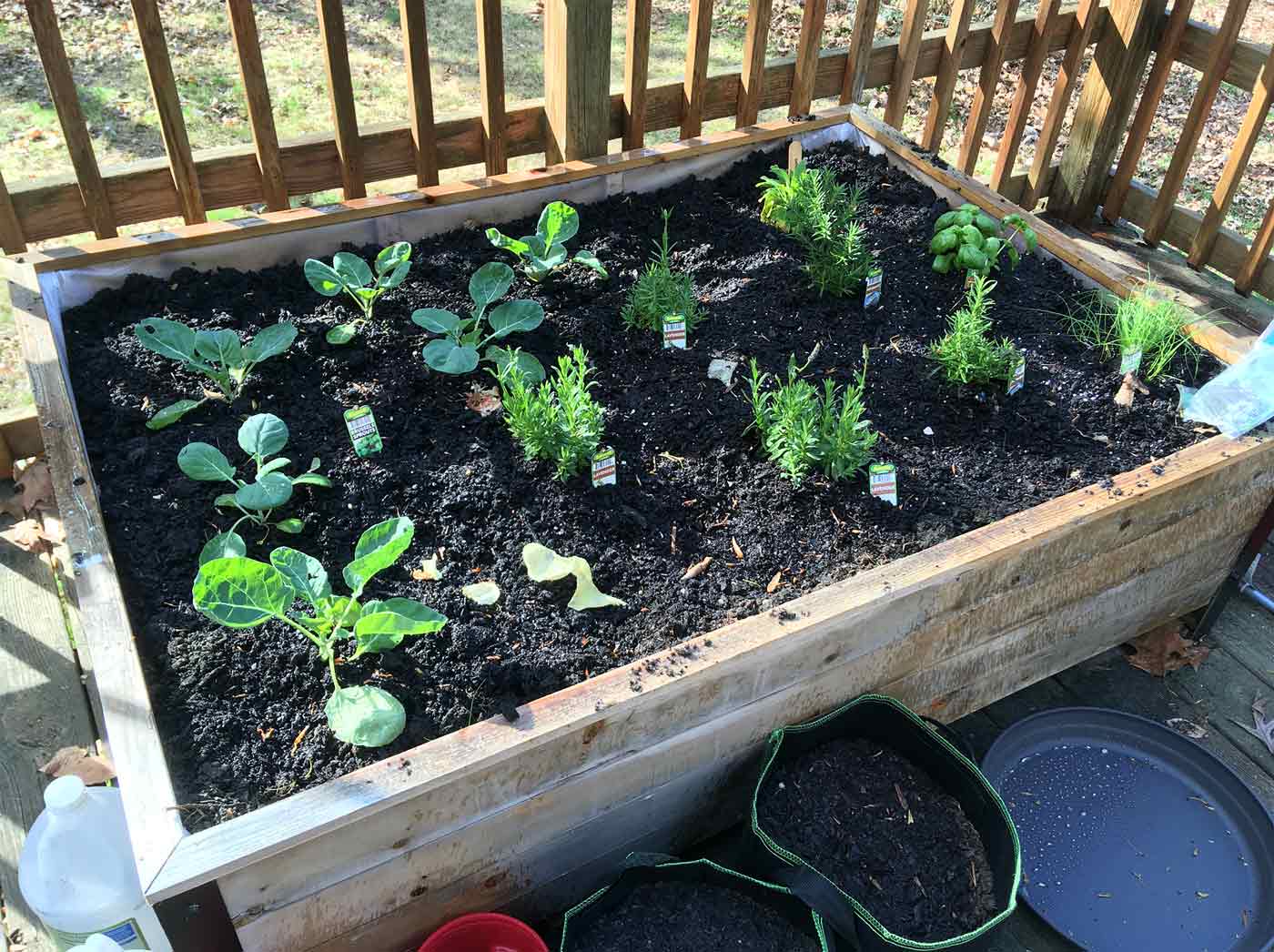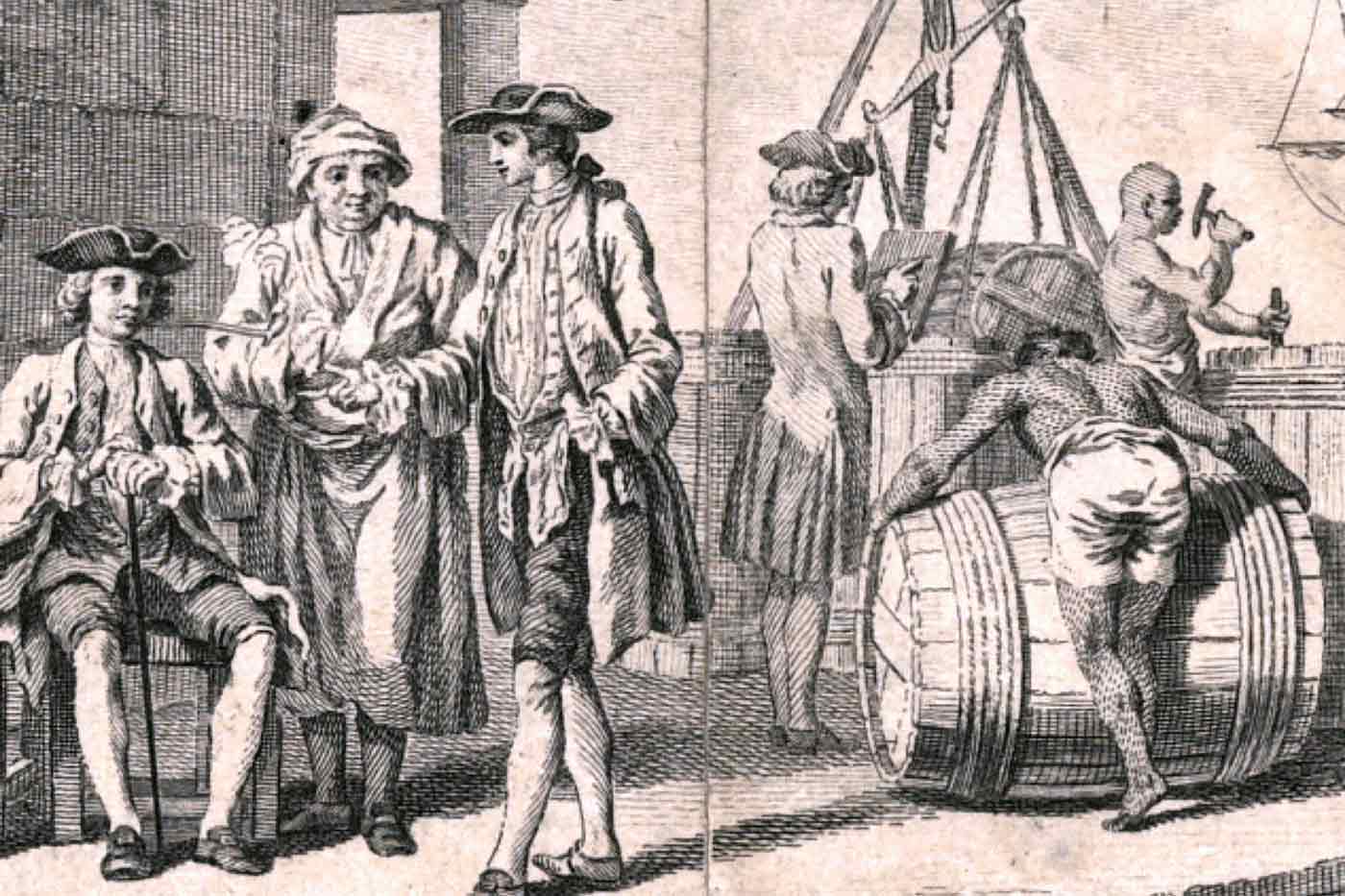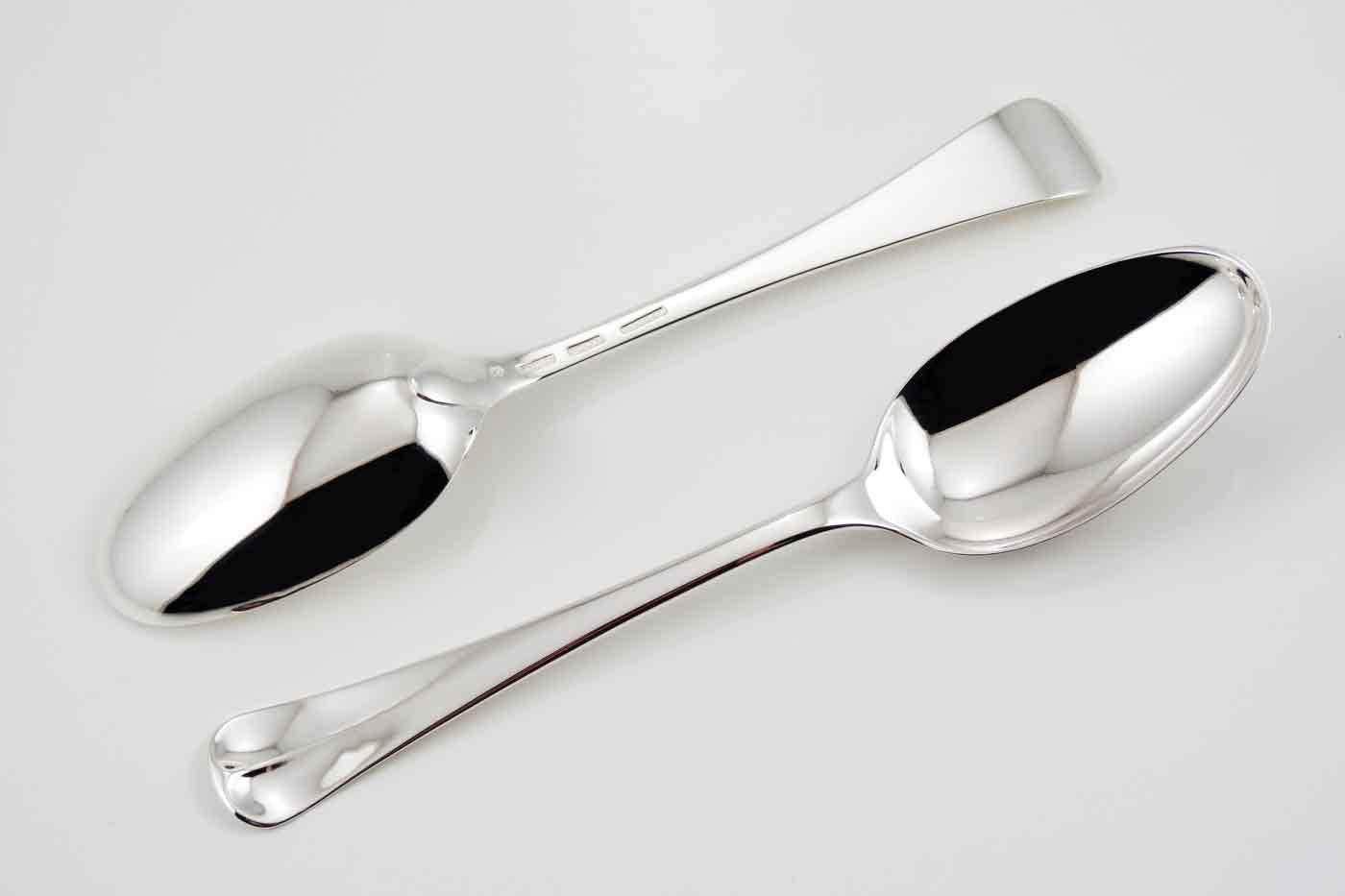The Role of Silver in 18th and 21st Century Society
I am pretty sure you, like me, have been washing a lot of spoons recently! Staying at home and cooking more for yourself and your family will do that. And, if you’re like me, you hate doing dishes. All this is to say, we have some common ground when it comes to the trivialities during this momentous situation … historical, you might even say! Because of the health risks created by the pandemic, we’ve all had to address the priorities around limited resources. So you might be left asking…what’s the point of silverware in a time of difficulty? Well, as it turns out, 18th-century silverware wasn’t just about luxury…it was also about necessity!
Approximately a week into the self-isolation phase of this present pandemic, I noticed an interesting and wonderful phenomenon. With developing shortages and difficulties in supply, many more people were interested in gardening. I have to admit, I’ve been bitten by the bug myself (no pun intended). Suddenly, I’ve found myself devoting two to three hours per day to building and cultivating a sizable growing space within my own yard. I’m aware of the luxury of having a growing space and as I’ve spent several hours digging, tilling and hauling, my mind naturally engaged itself on how my present actions directly translated to those 18th-century individuals tilling and planting the exact same soil I was working.

Let’s start with the luxury of land. Land ownership in 18th-century Virginia wasn’t just a part of life … it was life itself. The initial efforts of the Virginia Company in the 17th-century to find gold and silver had failed and the major driving force of Virginia’s economy was tobacco … which requires land. Today, a modern crop of Virginia flue-cured tobacco can expect to yield 2,300 lbs. per acre using modern agricultural science and methodologies. Given that the modern market value for a pound of tobacco is $2.03, that means an acre of tillable land in Virginia could yield $4,669. Let’s round that down to $3,000 even to account for storage, labor and processing fees.
“I’m not going to be trading in my hammerhead for a hogshead just yet.”
Virginia tobaccos tend to start planting in late April and is harvested between late July to early October. This means one acre of land would yield $3,000 for the whole year. To make $50,000 per year, you’d have to own and devote an entire 17 acres of land to this labor-intensive endeavor. And here I am excited to be planting on a 40’x20’ speck that would realistically yield a whopping $55 per year in the tobacco trade! Let’s just say I’m not going to be trading in my hammerhead for a hogshead just yet. (A tobacco hogshead was used in British and American colonial times to transport and store tobacco.)
The Mathematics of Money
So, if you’re going to make a lot of money, you had to have a lot of land. But, to have a lot of land, you needed a lot of money … see the problem? Here’s where we get to the silverware. In the 18th century, money and silver were synonymous. In fact, the French word for both “money” and “silver” is l’argent. (The modern English “money” comes from Middle English from Old French moneie, from Latin moneta ‘mint, money’, originally a title of the goddess Juno, in whose temple in Rome money was minted.) The majority of money circulated in the 18th century was minted out of some alloy of silver.

In England, the average wage for a skilled laborer in 1760 was 9 shillings per week. At the time, the Royal Mint maintained a fixed price of 5s2d per ozt of silver, meaning that each shilling was 5 supposed to weight approximately 0.1935 ozt. (ozt. denotes Troy ounce. Troy weight is different from a regular avoirdupois ounce. One troy 5 ounce contains 2.75 grams more than a regular ounce. It is approximately 10 percent heavier than the standard ounce.) So, a laborer making 1 and one half shillings per day was earning 0.387 ozt of silver per day. All of this is to say, three day’s work yielded approximately 1 ozt of silver money.
“Three day’s work yielded approximately 1 ozt. of silver money.”
Okay, so let’s return to some modern figures. The present value of silver (as of April 8, 2020) stands at approximately $15.00/ozt. That means a day’s work from an 18th-century laborer would yield a modern value of only $5.81 … per day.
Wow….don’t tell my boss!
That $3,000 per annum tobacco yield for one acre of land was equivalent to 516 days of labor, or one year and one month (assuming you’re working 6 days per week). A Troy ounce of silver was equivalent to 0.005 acres … or 217.8 sq. ft. So my little 40’x20’ tobacco garden could yield the equivalent value of 3.67 ozt in British shillings … enough to pay a worker for 9 and a half days.
A Spoon in the Hand is Worth…?
As a silversmith working at the James Craig Silversmith shop, I can assure the reader that the absolute #1 item we cannot produce enough of are spoons. Just ask our master silversmith, George Cloyed, or better yet watch him make a spoon here.
A well-crafted half ozt. silver tea (or coffee, depending on your feelings regarding the tax on tea) spoon would have been the same value to an 18th-century British colonist as either 1 and a half day’s pay or you could say that my little 800 sq. ft. tobacco garden was equal to a half dozen of these spoons!
A planter visiting Williamsburg before the outbreak of the war would have viewed a nice 100 ozt. silver tea set as the same approximate value in silver as an acre of Virginia tobacco! So why would one look to have a silver tea set for the value of land that could yield a profit?
Security
Agricultural crops, whether it’s timber or tobacco or tomatoes, is potentially perishable. Without proper preservation techniques, it has a limited shelf life. And ask any modern gardener: plants and nature are fickle. Owning acreage doesn’t automatically guarantee a profit because there could be any number of calamities possible between sowing the seeds to selling the harvested plant. And if there’s something a lot of Americans are understanding right now, it’s insecurity. Our colonial forbearers understood this well…and that’s why silverware wasn’t just about luxury.
A silver spoon, bowl, or full serving set was money in the hand that wasn’t going to perish or rot. The tobacco crop could fail, but the ability to cash-in a savings account that just happened to look and function like a set of spoons could be the difference between survival and ruin to a family. But silverware offered the owner the added value of utility to what was, essentially, a colonial 401k plan. It was money in the hand that helped mitigate risk during hard times.
So, next time you have to take down that set of old silverware for the holidays and special occasion, keep in mind that it’s not just some old “stuff ” that you hardly ever use. It’s a reminder that preparing for difficult times can, in itself, have a practical elegance. Out of the fires of wars, famine, illness and financial risk rises that most unlikely example of survivability and practicality: the silver teaspoon

Parker Brown has been an apprentice silversmith at the James Craig Silversmith shop since 2014. He has an MFA in Metalsmithing from the University of North Texas and has been active in reconstructing historical metalwork since 2005. In his spare time, he enjoys woodworking, gardening, and a variety of historically-based pursuits.
